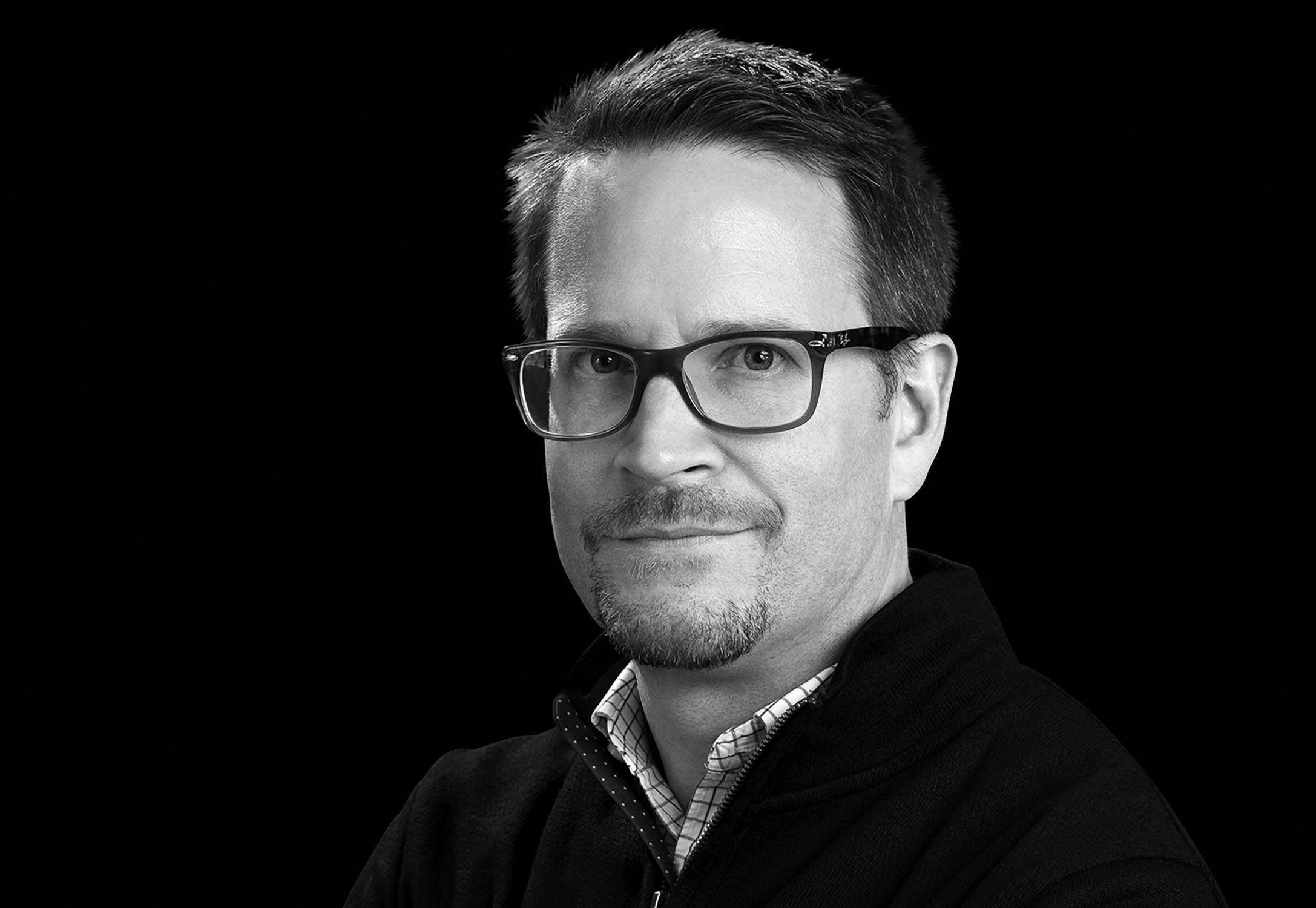IDEAS: The Next Generation of Makers

Professor Francis Starr says the IDEAS minor prepares students for a modern workforce that rewards interdisciplinary thinking and a culture that seeks practicality, utility, and beauty in everyday design. Photo by: Robert Adam Mayer
Professor of Physics Francis Starr, administrator of the IDEAS minor, is a theoretical physicist by training. He is neither an engineer nor a designer, so leading a discipline that combines the two might seem an odd fit at first glance.
“But in my own research and in my own teaching, I have always had very broad interests in the sciences, and I’ve always liked to think about how these areas fit together,” he says.
A few years ago, Starr got together with other faculty who worked with design and engineering topics across the curriculum to explore common approaches. Their goal was to isolate what would be most important in setting up an interdisciplinary program.
“This was actually a much more challenging process than I ever anticipated,” he says, “in part because we all speak very different specialized languages. Sometimes just figuring out the overlaps was a real challenge, because we didn’t express the concepts in the same way.”
“But eventually, we developed a program that would bring together all kinds of aspects of design from the arts—aesthetics, human experience, human interface with design—as well as the technical and the engineering side of things.”
The team knew they were on the right track, having received encouragement from a number of Wesleyan alumni who saw a stark need for that kind of broad-based, creative thinking in the workforce.
“We heard that there are too many people who are either just artists or just technical engineers, and not enough people who are comfortable in between these spaces. So we could see that the program would be a huge benefit for students as they transitioned into their careers.”
Project-based learning, they decided, would be an integral part of the program. Students would work harder when they’d taken ownership. A student who might normally have been hesitant to engage with physics and to learn Ohm’s Law and how circuits work would be prompted to say: “Well, I need to know it so I can make my project work. How do I figure this out?” The IDEAS approach would immediately reward their curiosity and effort, and help new fields and approaches seem less daunting or strictly theoretical.
“That kind of comfort across fields is so crucial,” Starr says. “We realized that if someone is going to build the next important device, it must be not only well-engineered and efficient, but it also has to be something people resonate with. It has to be useful, and beautiful, and it has to be easy to use. And we’re teaching students who are not only capable of doing that, but comfortable with it and excited about it.”
Professor of Physics Francis Starr arrived at Wesleyan from National Institute of Standards and Technology, where he developed modeling approaches to describe polymer-nanoparticle composites. He earned his PhD at Boston University, where Eugene Stanley ’62 was his advisor. Most recently, he was director of the College of Integrative Sciences. The founding coordinator of the IDEAS program, he has a joint appointment in Molecular Biology and Biochemistry. This year, he is teaching courses on Electricity and Magnetism and Waves and Oscillations.


